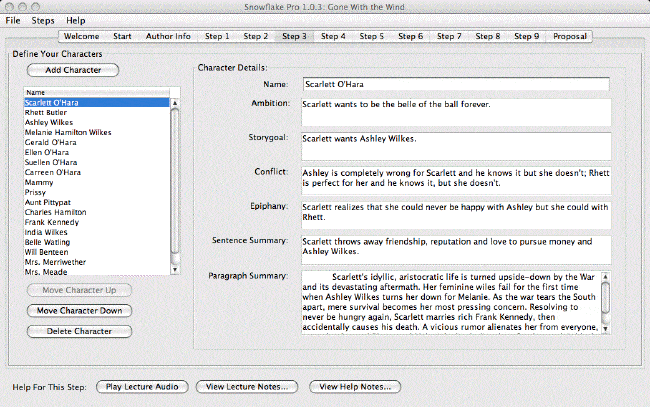

Later, Transocean sued Noble again for infringement – different acts of infringement, but the same patents. Breach of this section 4.3 shall be considered a material breach which may not be cured. Noble Licensee covenants that it will not participate as a party or financially support a third party in any administrative or court proceeding or effort in the world to invalidate, oppose, nullify, reexamine, reissue or otherwise challenge the validity, enforceability, or scope of any claim of the Licensed Patents.
#Snowflake pro 1.1.1 license#
In a first lawsuit, Transocean sued Noble for patent infringement and the parties agreed to a license agreement with a “no-challenge promise” as follows: 2012) (no-challenge term in settlement agreement was void for public policy reasons).Ī new decision in this area is Transocean Offshore Deepwater Drilling Inc. Effectively what happened is that pre-1982 the various circuit courts extended Lear, but the Federal Circuit altered course.

(Some licenses also included termination clauses if validity was challenged). Still, question remained whether explicit no challenge clauses would be enforceable especially when done in the context of settling litigation. 118 (2007), the Supreme Court opened the door to provide a licensee in good standing easier access to the courts. That rule was slowly eroded until finally eliminated in Lear, Inc. In 1905, Licensee Estoppel was the general rule. Courts have done a slow about face on the notion of licensees challenging the validity of a licensed patent. Please share the reason why you consider changing your model.Patent settlement agreements often include a no-challenge clauses - where the accused infringer promises to never (again) challenge the validity of the asserted patents. > I agree with this, but I am not sure that Power BI support drill up & drill down the hierarchy when switching to a snowflake. Switching to a snowflake means you get a lot more joins, that can decrease performance. (row_id is the lowest level of hierarchy in each dimension)įact_row_id dim_product_row_id dim_customer_row_id. Also, do you use complex calculations or do you encouter issues with a simple SUM measure? -> currently, fact tables only contains raw data with unique row_id for each dimension.

I believe that the file size of dataset will be reduced by rebuilding data model (which will reduce number of rows of fact tables).ĭo you have columns with a lot of unique values? So for example an index, autonumber or concatenation of multiple columns in one column? Removing these can greatly improve performance. I need to combine them into one single dataset, and this leads to exceeding file size upload capacity of Power BI. > The reason why I rebuild my data model is that actually I have 5-6 fact tables which contain around 47mil rows up to 120mil rows. Also, the tabular model will store the data in memory so please check if you have enough memory. Because the engine will store unique column values there is a high compression on your data model. I would like to answer your questions below:īeforing considering changing to a snowflake model I would spent some time finding out why your current model should be rebuild? Is there s performance issue? The reason I ask is that 47mil rows shouldn't be that big of a problem in Power BI. In addition, Is there any disadvantages of snowflake schame in comparison with star schema? Please help. My question is that when I design my data model in snowflake schema, Is Power BI able to drill up and drill down value in the hierarchy of dimension? (For example, if I have hierarchy with 3 levels, I will break them down into 3 tables - the highest level will be mapped with fact table, the second level will be mapped with the first level and the third level will be mapped with the second level).

Therefore, I would like to redesign my model to snowflake schema which (I think) will reduce the amount of rows in the fact table because the fact table only need to map with the highest row of the hierarchy in the dimension. With this model, the fact table contains too many rows (47mil rows) because it has to map to the lowest row of the hierarchy in each dimension. Currently, I have star schema in my data model which contains 1 fact table with 5 dimensions (& hierarchy in each dimention).


 0 kommentar(er)
0 kommentar(er)
